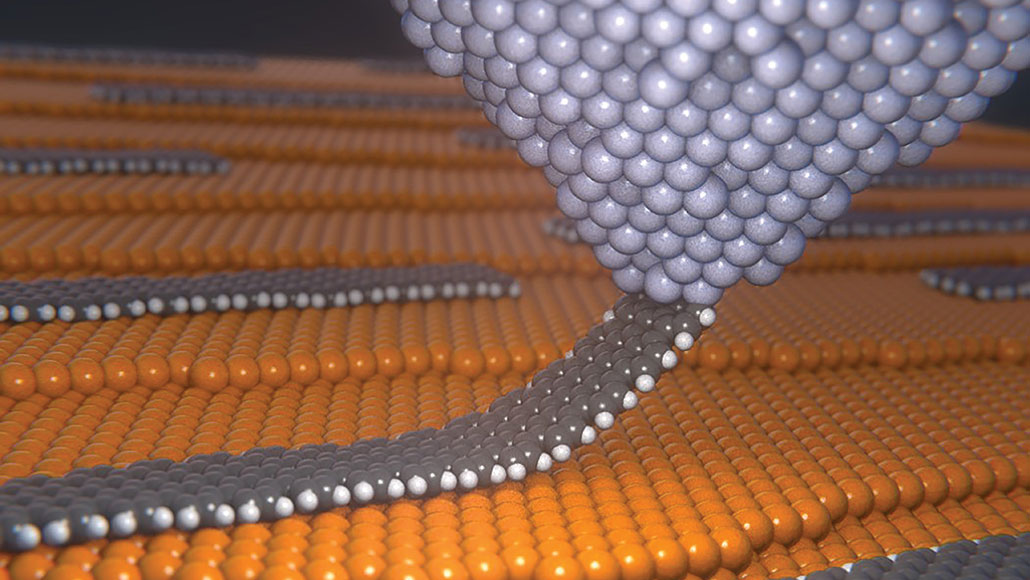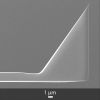

NANOSENSORS proudly sponsors Asia-Pacific PFM 2019 workshopMon Aug 12 2019




The Skeptics' Guide to the UniverseFri Aug 02 2019


Happy Birthday SwitzerlandThu Aug 01 2019


Happy Swiss National Holiday with Smallest Swiss CrossWed Jul 31 2019






Ferroelectricity-free lead halide perovskites – NANOSENSORS™Sun Jul 21 2019
















